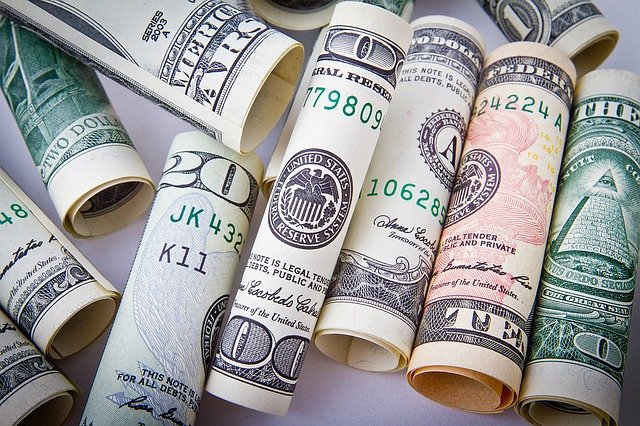Uncategorized
What exactly do the currencies mean in FX trading?

In the FX market, currencies are always traded in pairs. These currency pairs are related to each other. You never buy just one currency in a forex transaction, you always sell another one at the same time. The rate at which these pairs are traded is the foreign exchange rate.
It is determined by supply and demand, as is the case in virtually every trading market. The most frequently traded currencies are called major currencies. These include the US dollar (USD), the euro (EUR), the British pound (GBP), the Swiss franc (CHF) and the Japanese yen (JPY). These six “majors” account for over 90% of the market, while over 50% of total sales are generated from the US and UK.
The foreign exchange rate is subject to constant fluctuations. In order to capture supply and demand, foreign currencies are generally traded in pairs, the first being called the base currency and the second the quote currency or counter currency. When a currency pair is bought, e.g. USD/EUR, only the base currency is bought, the quote currency is sold – you pay with it, in our example with Euro. This sequence is always followed and makes the currency pairs easy to memorize even for beginners. But it should be noted that the order of the pairs never changes, not even if you suddenly want to buy euros and pay with dollars. The order would still be USD/EUR, only the direction of the trade changes. For those who are new to trading, there are tables that show how each pair is structured.
How is the FX rate formed and why are there different rates in FX trading?
Simply put, the FX rate is formed according to the simple principle of supply and demand. However, different rates must be distinguished depending on the situation. The direct rate is the price of one US dollar against another currency. This results from the fact that, as a rule, all other currencies are quoted against the dollar. Currency pairs that include the US dollar always write the American currency as the base rate, i.e. USD/XXX. An indirect rate is the price of one unit of currency (e.g. yen) against the dollar. It is also important to note the indirect quote for the Euro, British Pound, Australian Dollar and New Zealand Dollar, e.g. AUD/USD. However, these are exceptions.
- When you buy a currency pair, you should pay attention to the quote. It is the price at which the transaction was concluded. Many brokers use real-time rates, but some use indicative rates. These are actually for information only, not for execution.
- In foreign exchange trading, there are also two currency prices: The bid price and the ask price.
- The buying price is the bid price, while the selling price is called the ask price.
- The difference between these two rates is an important source of income for brokers; namely, it results in the spread. It is, so to speak, the trading margin of the wholesaler (broker), he buys at one price and then sells at a higher one to generate profit.

